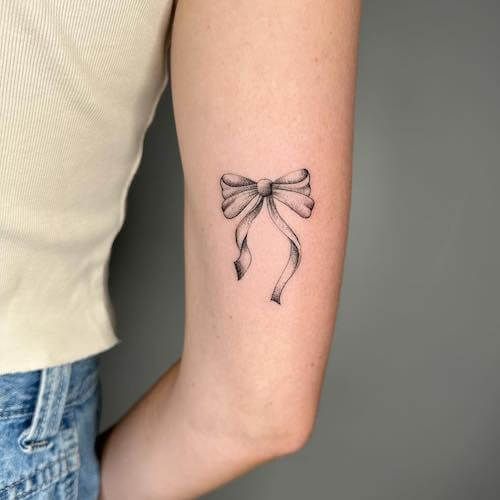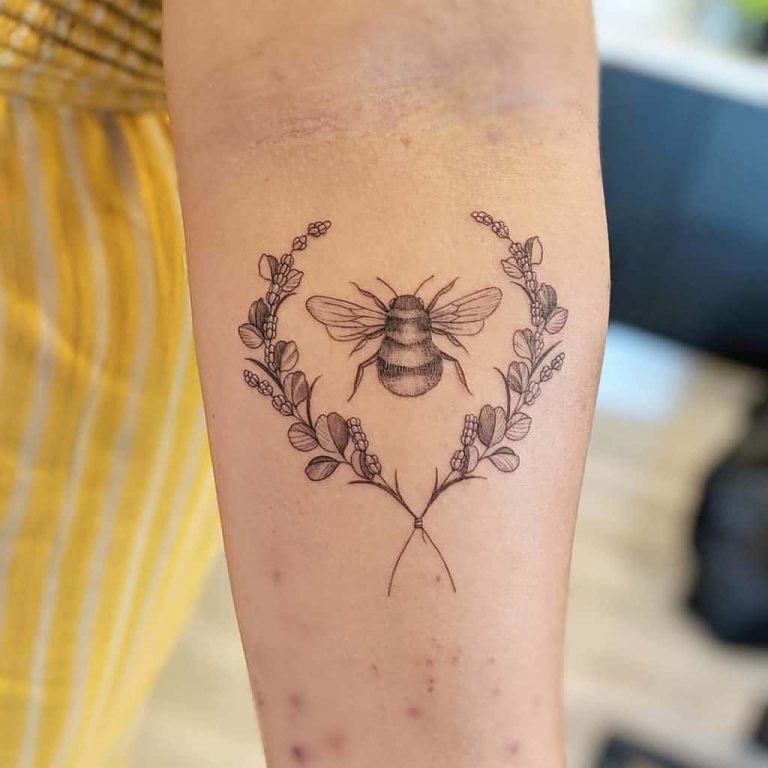Traditional sleeve tattoos have a rich history. They are a blend of art and culture.
These tattoos often feature bold designs and vibrant colors. Traditional sleeve tattoos tell a story on your skin. They are not just ink but a form of self-expression. Rooted in ancient traditions, these tattoos have been popular for centuries. Each design holds a unique meaning, often inspired by folklore, nature, or heritage.
Whether you are drawn to the intricate patterns or the symbolism, traditional sleeve tattoos offer a timeless appeal. They are a commitment to a lifelong piece of art. This blog will explore the beauty and significance of traditional sleeve tattoos, providing insights into their origins and designs. Ready to dive into the world of traditional sleeve tattoos? Let’s get started.
History Of Traditional Sleeve Tattoos
Traditional sleeve tattoos have a rich and fascinating history. These elaborate designs cover the arm from shoulder to wrist. They tell stories through intricate patterns and bold colors. This style has evolved through centuries, reflecting cultural shifts and artistic developments. Let’s explore the origins and evolution of traditional sleeve tattoos.
Origins
The origins of traditional sleeve tattoos date back to ancient civilizations. Indigenous tribes used tattoos for rituals and symbols of status. They believed tattoos held spiritual meanings and offered protection. Early sailors also played a key role in spreading tattoo culture. They encountered tattooed tribes during their voyages. Inspired by these designs, they adopted tattoos as a mark of their adventures.
Evolution Over Time
Traditional sleeve tattoos have evolved significantly over time. In the early 20th century, American tattoo artists began refining the style. They introduced bold outlines and vibrant colors. Iconic symbols like anchors, swallows, and roses became popular. These elements formed the foundation of American traditional tattoos.
As tattoo culture grew, so did the complexity of sleeve designs. Artists started combining different motifs to create unique patterns. This evolution continued into the late 20th century and beyond. Modern tattoo artists blend traditional elements with contemporary styles. This fusion keeps the tradition alive while appealing to new generations.

Credit: www.reddit.com
Symbolism In Sleeve Tattoos
Traditional sleeve tattoos have deep meanings and stories. They often showcase a person’s journey, beliefs, and personality. The symbolism in sleeve tattoos can be intricate and fascinating. Each design element holds a unique significance, making the tattoo more than just art. It becomes a personal narrative etched in ink.
Common Symbols
Many sleeve tattoos feature common symbols that hold universal meanings. Here are a few popular ones:
- Roses: Often symbolize love and beauty. Different colors can signify different emotions.
- Skulls: Represent mortality and the cycle of life. They can also symbolize strength and protection.
- Dragons: Known for power, wisdom, and protection. They are often seen in Asian-inspired designs.
- Anchors: Symbolize stability and grounding. They are popular in nautical-themed tattoos.
- Wolves: Represent loyalty, guardianship, and spirit. They are often chosen for their strong connection to nature.
Cultural Significance
Sleeve tattoos often carry deep cultural significance. Different cultures use various symbols to convey unique meanings.
| Culture | Symbol | Meaning |
|---|---|---|
| Japanese | Koi Fish | Perseverance and strength |
| Maori | Spirals and curves | Tribal identity and heritage |
| Celtic | Knots | Eternity and interconnectedness |
| Hawaiian | Geometric patterns | Protection and family ties |
The cultural context of these symbols adds depth to the tattoos. It creates a meaningful connection between the wearer and their heritage.
Design Elements
Traditional sleeve tattoos are a timeless form of body art. They have a rich history and cultural significance. One of the most important aspects is the design elements. These design elements set each tattoo apart. They make each piece unique and personal.
Color Schemes
Color schemes play a crucial role in traditional sleeve tattoos. Bold and vibrant colors are often used. These colors make the tattoo stand out. Common colors include:
- Red
- Blue
- Green
- Yellow
- Black
Each color has its own meaning and significance. Red often symbolizes passion and love. Blue represents calmness and peace. Green is associated with nature and growth. Yellow signifies joy and energy. Black is used for outlines and shading.
Popular Patterns
Popular patterns in traditional sleeve tattoos are inspired by various cultures and styles. Some of the most common patterns include:
- Floral designs
- Animal motifs
- Geometric shapes
- Tribal patterns
Floral designs often feature roses, lilies, and cherry blossoms. Animal motifs can include dragons, tigers, and snakes. Geometric shapes add structure and symmetry. Tribal patterns are rich in cultural history and symbolism.
These patterns can be combined in various ways. This creates a unique and personalized sleeve tattoo. The choice of patterns reflects the wearer’s personality and experiences.

Credit: www.reddit.com
Choosing The Right Tattoo Artist
Choosing the right tattoo artist is crucial for a traditional sleeve tattoo. The artist’s skill and experience will impact the final result. A great artist can turn your vision into a beautiful piece of art. Below are some tips to help you find the perfect tattoo artist for your traditional sleeve tattoo.
Research Tips
Start by researching local tattoo artists. Look for artists who specialize in traditional styles. Check their portfolios online. Pay attention to their line work and shading. Read reviews from previous clients. This will give you an idea of their skills and professionalism.
Visit tattoo shops in person. See how clean and organized they are. A clean shop shows the artist cares about hygiene and safety. Ask friends or family for recommendations. Personal referrals can be very helpful in finding a trusted artist.
Consultation Process
Schedule a consultation with potential artists. Discuss your ideas and design preferences. Share reference images and explain what you want. Observe how the artist listens and responds. A good artist will offer suggestions and improvements.
Ask about their experience with traditional sleeve tattoos. Inquire about the duration and cost of the tattoo. Ensure you feel comfortable and confident with the artist. Trust is essential for a positive tattoo experience.

Credit: www.pinterest.com
Frequently Asked Questions
What Are Traditional Sleeve Tattoos?
Traditional sleeve tattoos cover the arm from shoulder to wrist. They feature bold lines and bright colors.
How Long Do Traditional Sleeve Tattoos Take?
Traditional sleeve tattoos can take multiple sessions. Each session lasts a few hours. Total time can be 20-40 hours.
How Much Do Traditional Sleeve Tattoos Cost?
The cost varies by artist and location. It typically ranges from $1,000 to $5,000.
Are Traditional Sleeve Tattoos Painful?
Yes, they can be painful. Pain varies by person and area of the arm. Bony areas hurt more.
What Designs Are Common For Traditional Sleeve Tattoos?
Common designs include roses, skulls, anchors, and animals. Bold lines and vibrant colors are key features.
How Do You Care For A Traditional Sleeve Tattoo?
Keep it clean and moisturized. Avoid sun exposure and swimming. Follow your artist’s aftercare instructions.
Conclusion
Traditional sleeve tattoos offer a timeless way to showcase personal stories. They blend art and history on your skin. Each design holds deep meaning and cultural roots. Choosing a sleeve tattoo is a big decision. So, take your time. Consult with a skilled tattoo artist.
Ensure the design truly resonates with you. Traditional sleeve tattoos can be a beautiful lifelong commitment. Embrace your unique journey through this art form. Your skin becomes a canvas, telling your unique story.



